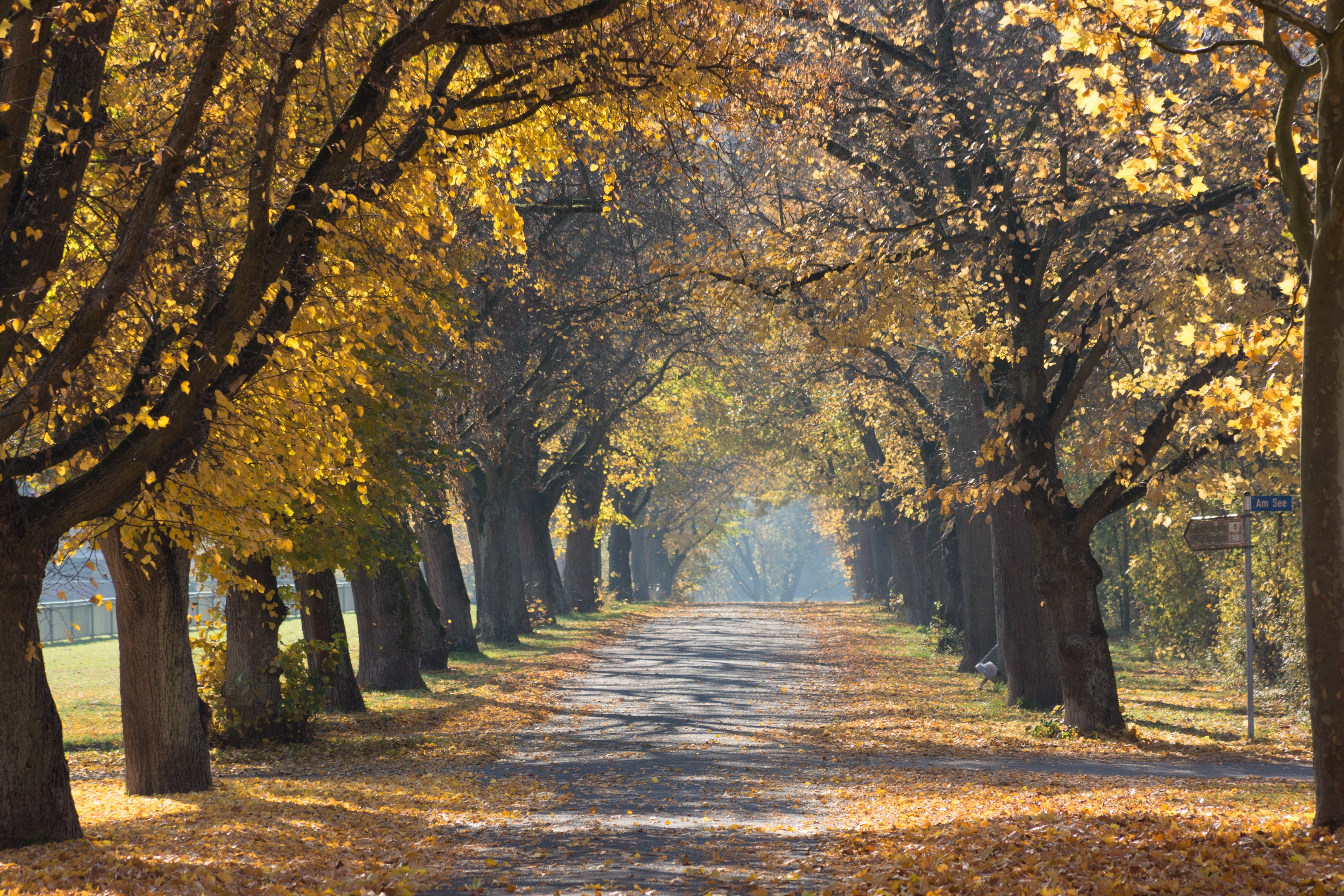 Excerpt from: Ryan, M.G., M.E. Harmon, R.A. Birdsey, C.P. Giardina, L.S. Heath, R.A. Houghton, R.B. Jackson, D.C. McKinley, J.F. Morrison, B.C. Murray, D.E. Pataki, and K.E. Skog. 2010. A Synthesis of the Science on Forests and Carbon for U.S. Forests. Issues in Ecology, Report Number 13, Spring 2010.
Excerpt from: Ryan, M.G., M.E. Harmon, R.A. Birdsey, C.P. Giardina, L.S. Heath, R.A. Houghton, R.B. Jackson, D.C. McKinley, J.F. Morrison, B.C. Murray, D.E. Pataki, and K.E. Skog. 2010. A Synthesis of the Science on Forests and Carbon for U.S. Forests. Issues in Ecology, Report Number 13, Spring 2010.Urban forestry offers very limited potential to store carbon, but we address urban forests here because of the large interest in using them to offset carbon emissions and because urban trees provide …


